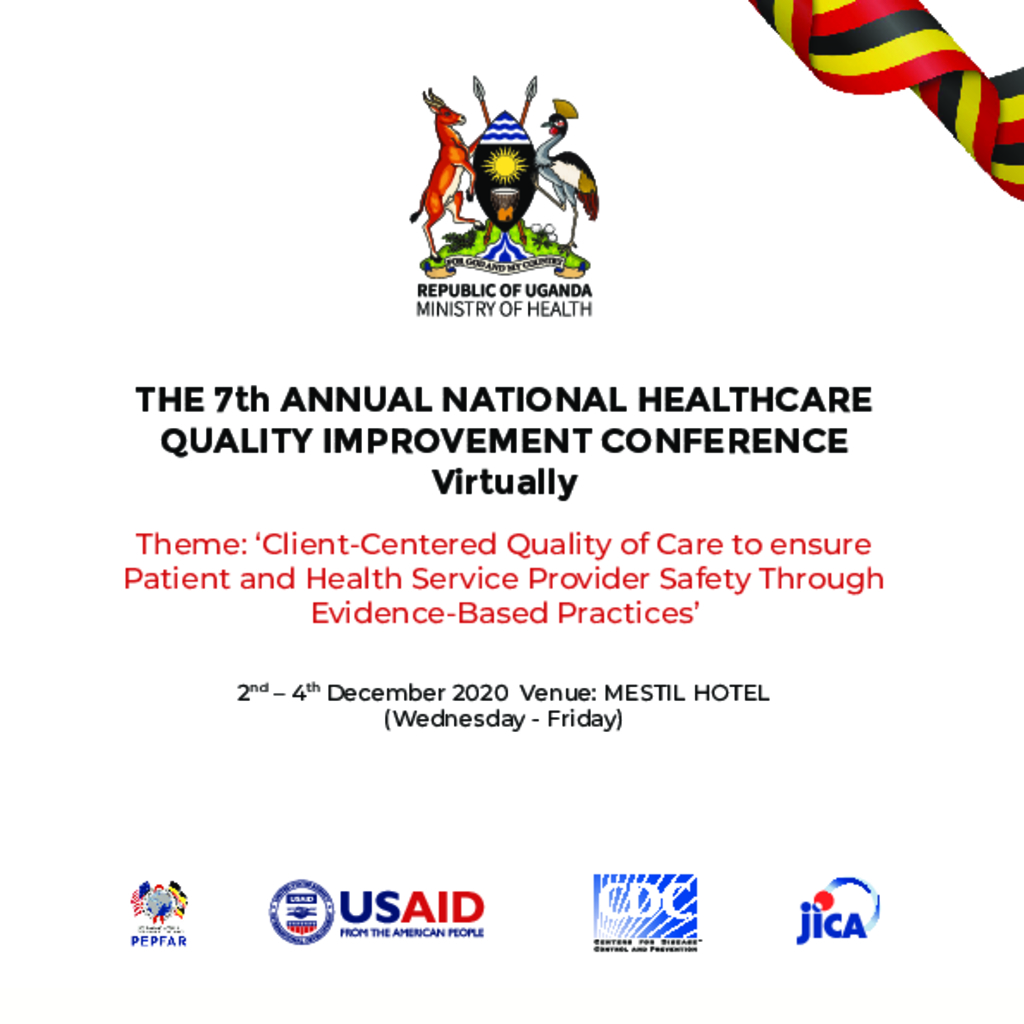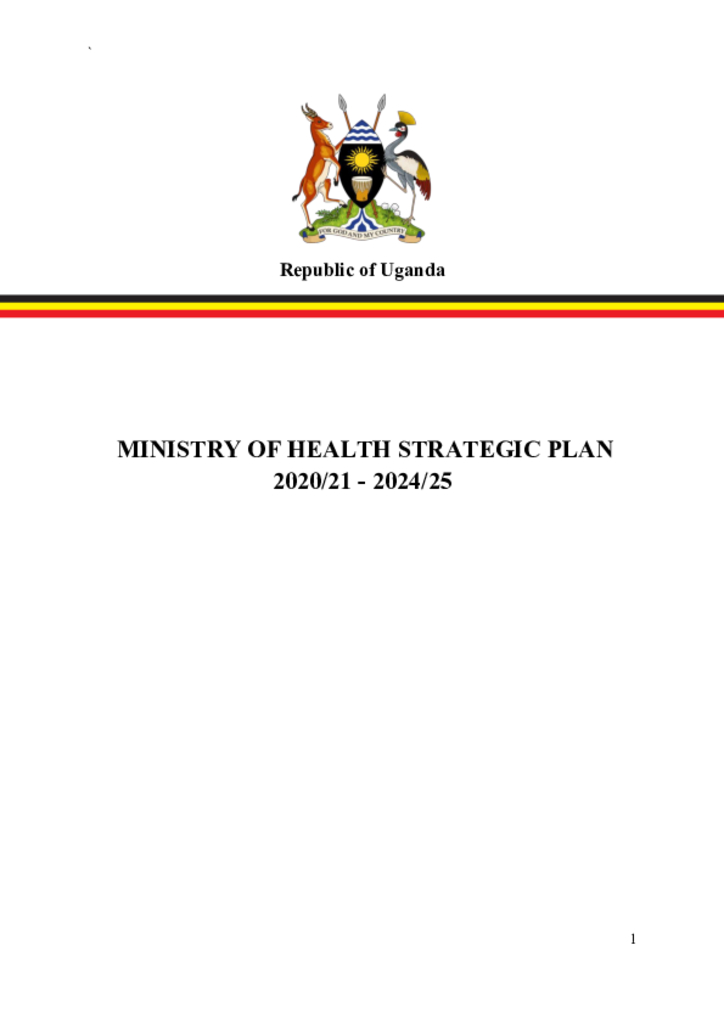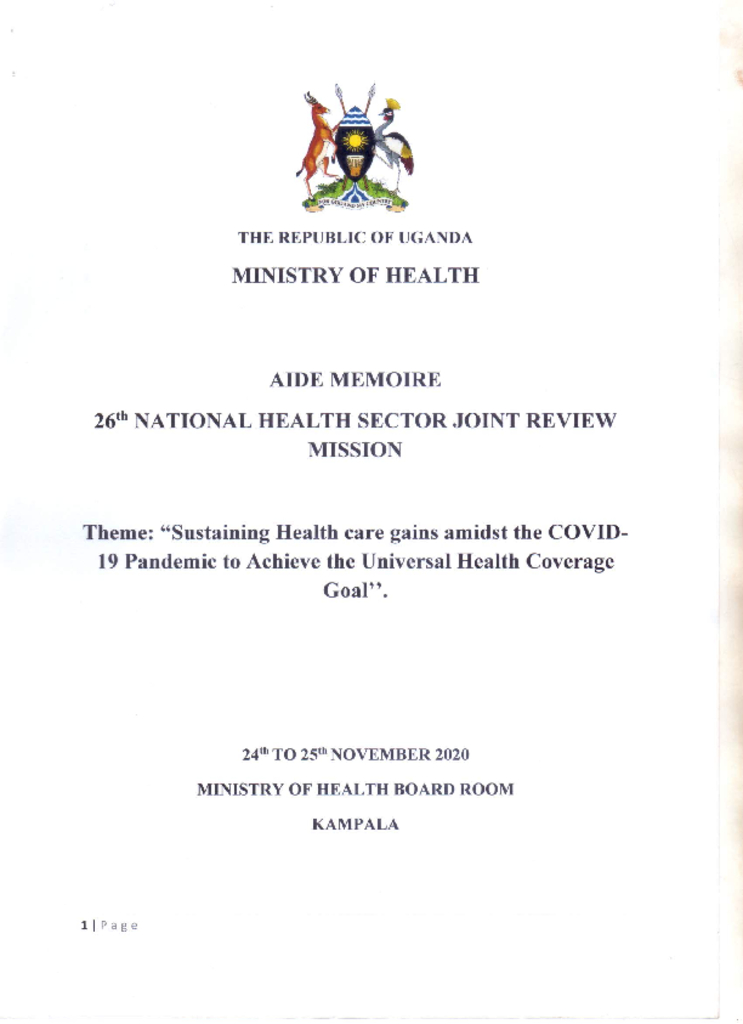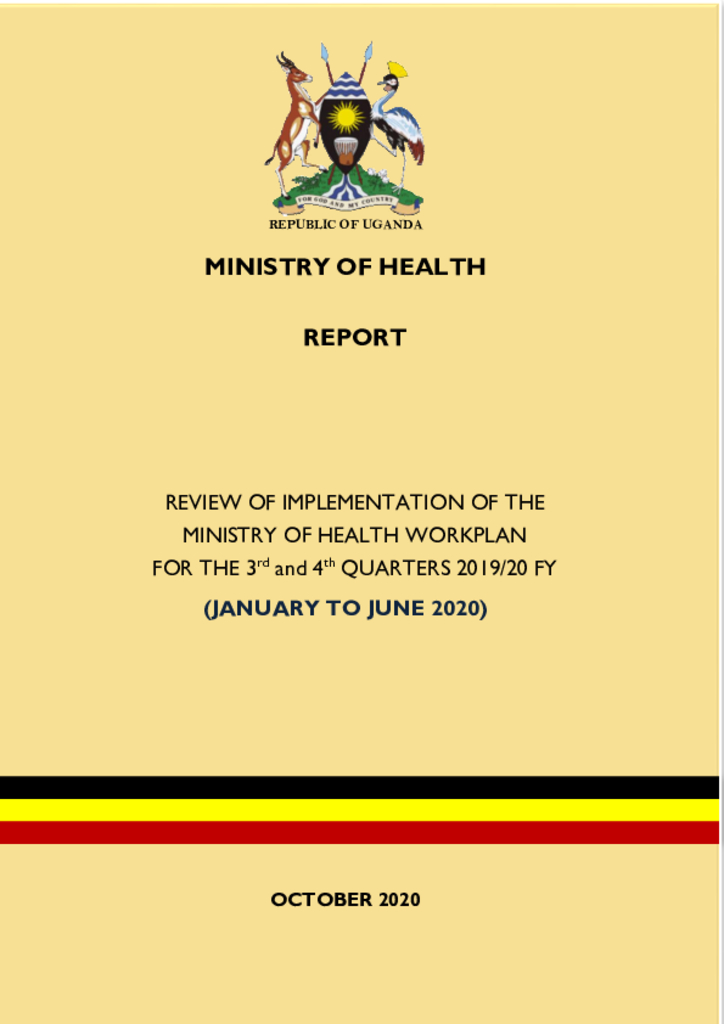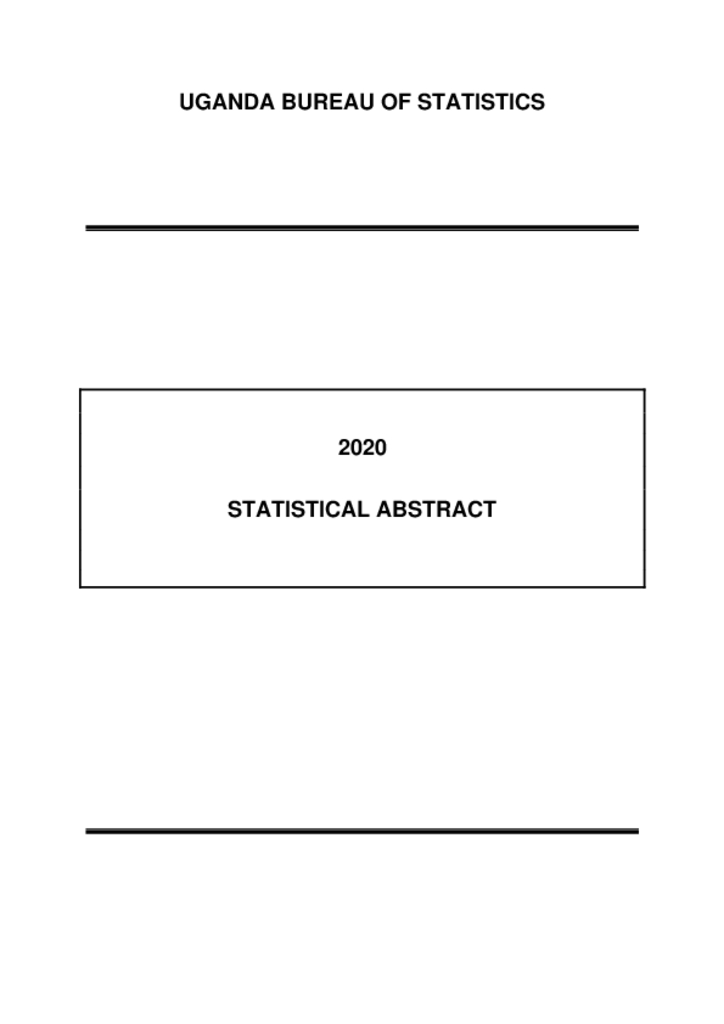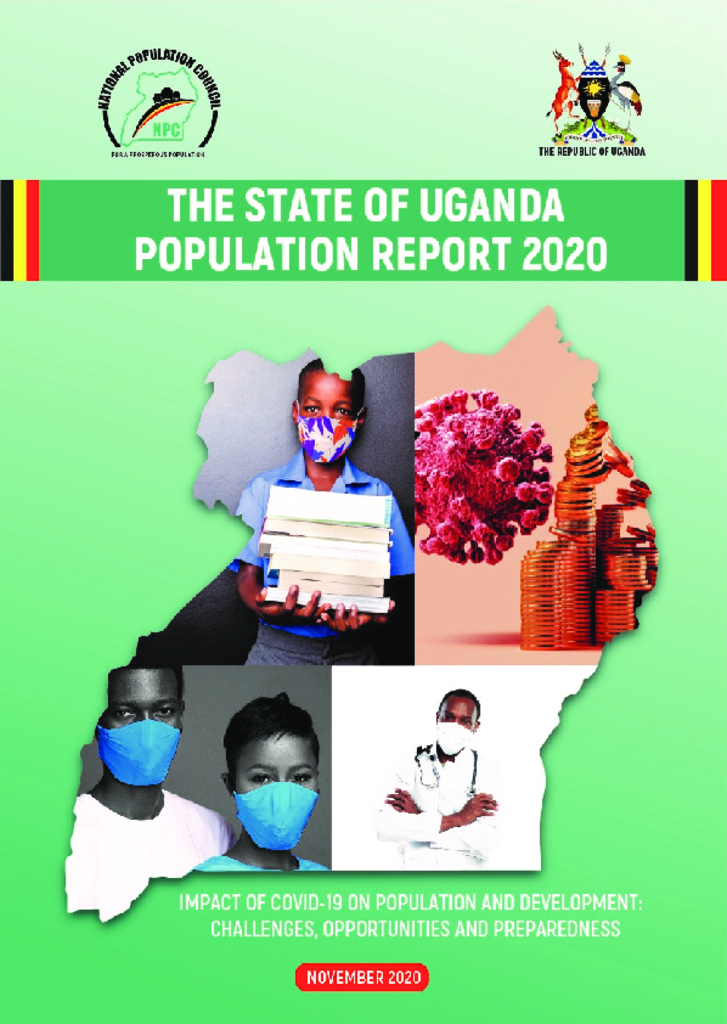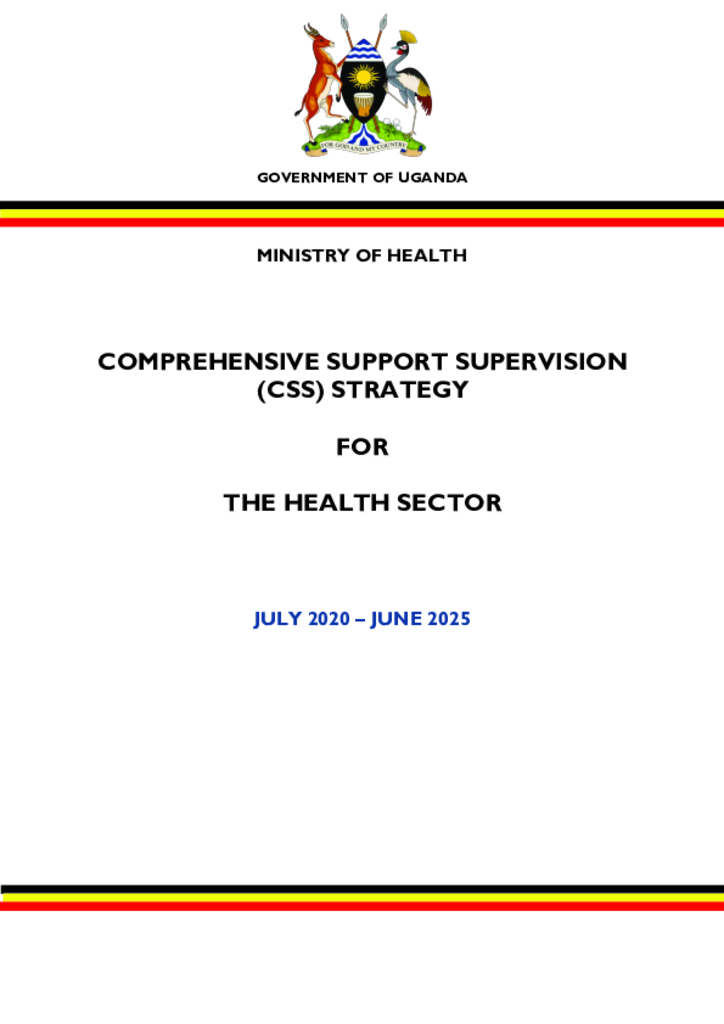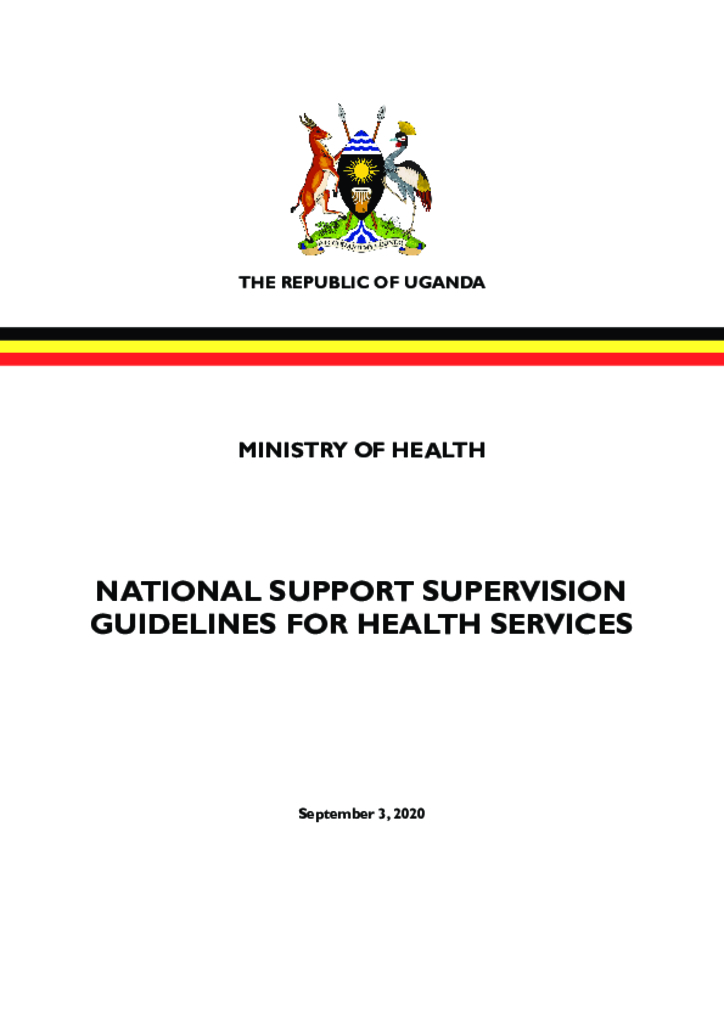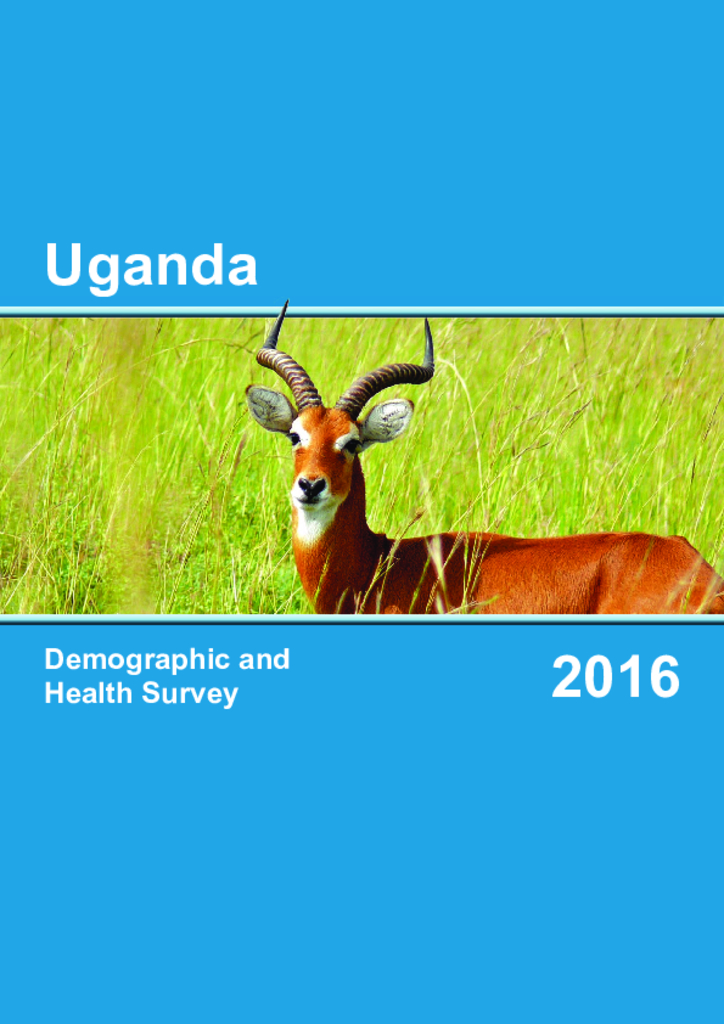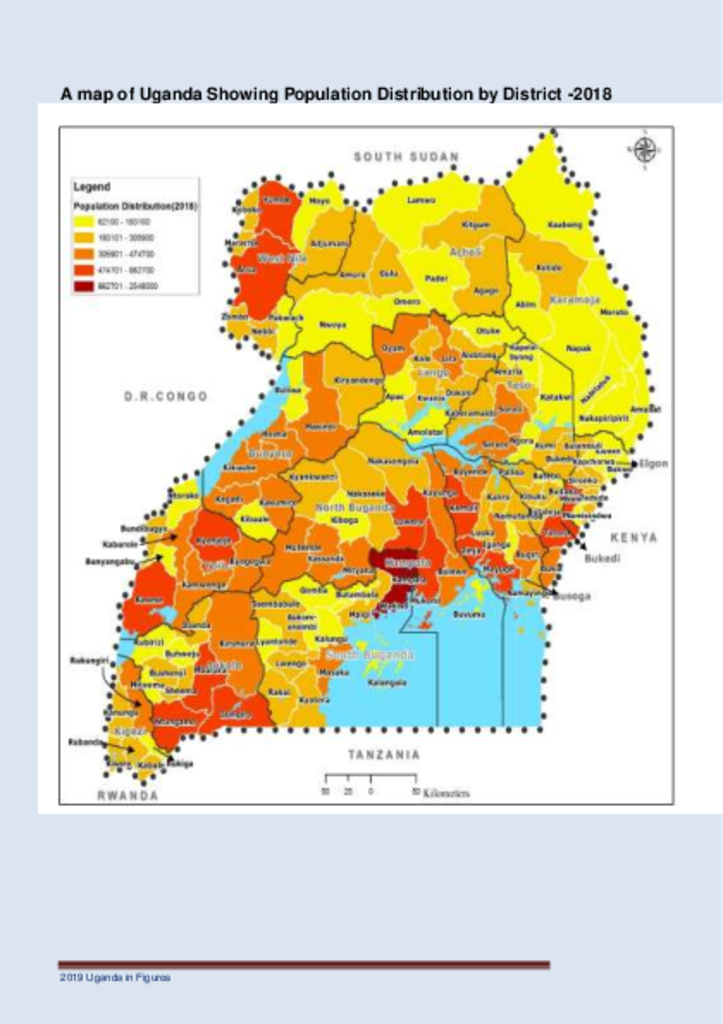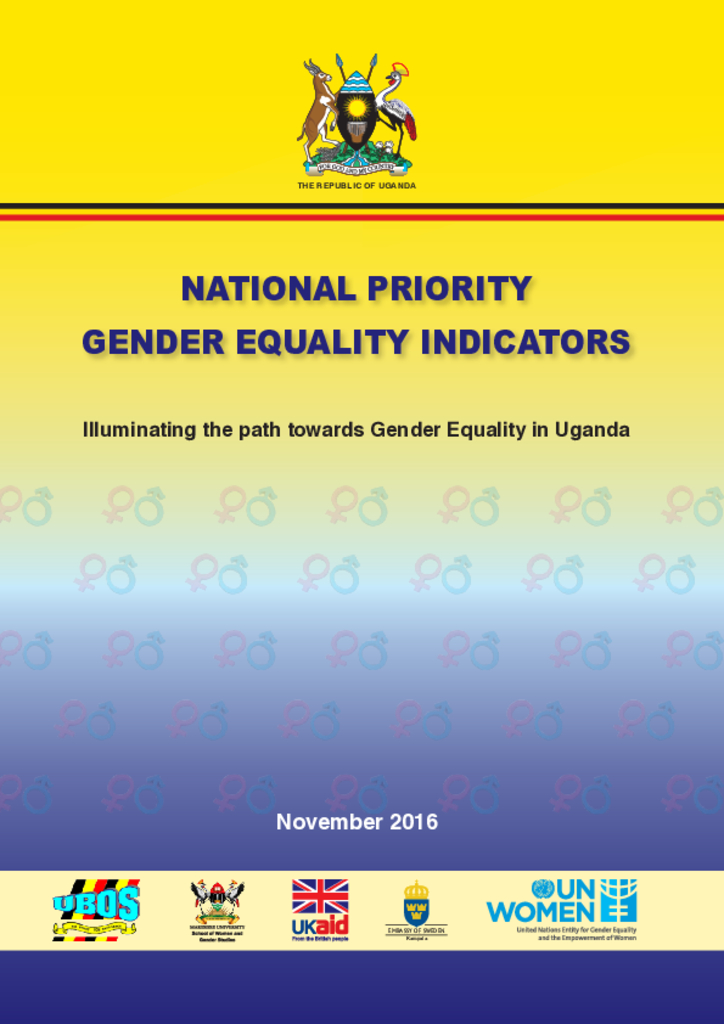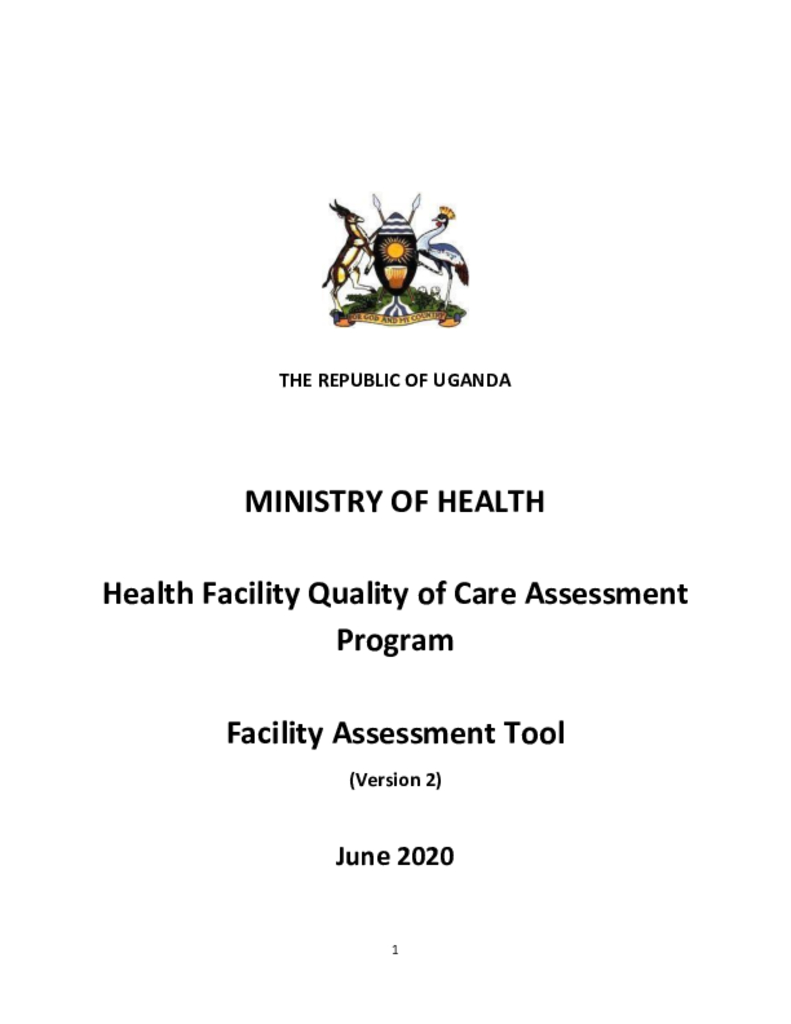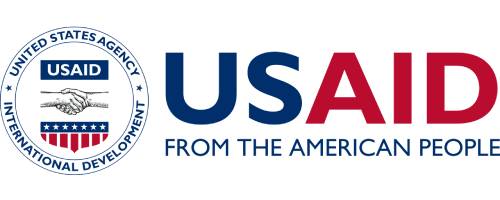Ministry of Health through the department for Standards Compliance Accreditation and Patient Protection (SCAPP) organised the 7th QI conference, the 1st of its kind with 1500 participants of which 1430(95.4%) attended virtually, while about 70(4.6%) participants attended physically. This innovation was put in place to ensure that we continue to consolidate the gains made in sharing the QI knowledge generated in the sector ensuring strict adherence to the COVID-19 control and prevention measures. The conference was held from 2nd - 4th December 2020 and it brought together delegates from all levels of the health sector including, development & implementing partners, health care service providers and health consumer organizations under the theme ‘Client-Centered Quality of Care to ensure Patient and Health Service Provider Safety Through Evidence-Based Practices’.
The MoH Strategic Plan has been developed in line with the long-term national development goals and objectives as spelt out in the Vision 2040, the second National Health Policy, the third National Development Plan 2020/21–2024/25 whose goal is“Improving productivity of labour for increased competitiveness and better quality of life for all”.The SP provides a brief situation analysis of the MoH performance, SWOT analysis, the strategic direction, financing framework and strategy, implementation and M&E arrangements.
The 26th Health Sector JRM was organised on the 24th-25th November, 2020 by the Ministry of Health in collaboration with Health Development Partners, Cival Society and the Private Sector. The Theme of the JRM was '' Sustaining Health Care gains amidst the COVID-19 pandemic to achieve the Universal Health Coverage Goal''.
The workshop to review the implementation of the Ministry of Health (MoH) work plan for the third and fourth quarters for 2019/20 financial year (FY) took place between October 6-8, 2020 in Kampala. The main objective of the workshop was to review implementation of the MoH workplan for Departments, Programmes and National level institutions against planned outputs and budget for the period January to June 2020
The Statistical Abstract is an annual publication compiled by Uganda Bureau of Statistics, which provides the statistical summary on various socio-economic indicators for Uganda. Some figures in this edition may vary from those in the earlier editions due to the updates. Note that some of the CY 2019 and FY 2019/20 data presented in this edition are provisional and could be revised in subsequent publications.
The year 2020, has been marked with the unprecedented COVID-19 pandemic which has ravaged the world and set a new normal in the lives of people, the way we interact and the way we deliver and access services. The pandemic has taken a staggering toll on people, communities and economies everywhere. But not everyone is affected equally. The pandemic is hitting marginalized communities harder, particularly women and girls, deepening inequalities and threatening efforts to leave no one behind.
This Comprehensive Support Supervision (CSS) Strategy 2020 has been designed to step up efforts and redefine support supervision at all levels of health care in Uganda for a more efficient and effective use of available resources. The Ministry of Health’s (MoH) previous approach to support supervision did not effectively address the persistent gaps in quality of health care and needed closer and more regular interface between supervisors and supervisees. The increase in the number of administrative units in the country has also made it necessary to change the support supervision mechanism used in Uganda.
The revised support supervision guidelines are aligned to the comprehensive support supervision strategy 2019 which was designed to step-up efforts to support supervision at all levels of health care through improved planning, coordination and resourcing to enhance the effectiveness and efficiency of support supervision. The guidelines will focus more effort to the Community Health Services Departments at the RRHs to coordinate technical support supervision of the districts and the lower level health facilities.
The main purpose of the 2016 UDHS is to provide the data needed to monitor and evaluate population, health, and nutrition programmes on a regular basis. Increasing emphasis by planners and policymakers on the utilisation of objective indicators for policy formulation, planning, and measuring progress has increased the reliance on regular household survey data, given the inadequate availability of appropriate information from administrative statistics and other routine data collection systems.
This booklet provides summary statistics from various statistical publications compiled by the Uganda Bureau of Statistics (UBOS). The statistics give indication of current social and economic trends in the country. Reference should be made to more detailed published
Uganda has made significant progress on among others poverty reduction which reduced from 56 in 1992 to 19.7 percent in 2014, the expansion of educational opportunities for young people with 90 percent of the population aged 6-10 years now attending school, and, formulation of gender responsive policies and strategies. This has enhanced the gender equality and empowerment of women and girls in response to the requirements of the Constitution of the Republic of Uganda which prohibits all forms of discrimination and provides for the protection and promotion of women’s rights.
The assessment tool guides the supervisors on how to assess each standard, indicates the means of verification and operational definition for each standard. It is where the supervisor shall record and score the performance of each health facility and record comments/notes to explain the level of performance where necessary.
